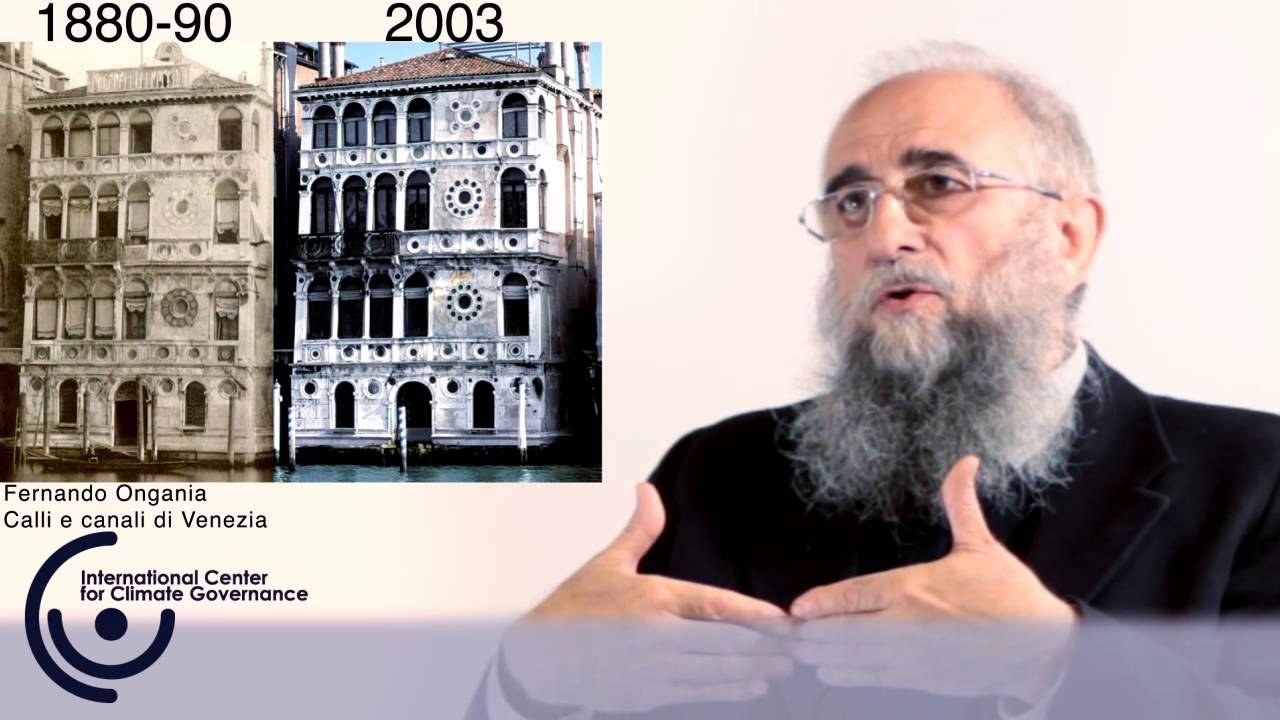Well-Being, Light and Exhibition Lighting
Commentary from LpR 71: Well-being is the state of feeling healthy and happy, a good or satisfactory condition of existence, including the emotional and psychological sphere. In 1810, Goethe published a theory based on a human-based approach, combining visual appearance with harmony, culture, sensations and psychology. His color wheel was entitled "allegorical, symbolic, mystic use of color" and was composed of six hues, i.e. red (the beautiful), orange (the noble), yellow (the good), green (the useful), blue (the common) and violet (the unnecessary). The position on the wheel was harmonically relevant and in particular the colors in opposite position generated a strong psychological contrast and were called "opposite colors". Primary colors were yellow, blue and red, and the opposites were green, violet and orange, respectively. Goethe's wheel and the particular matching of opposites soon became popular and was used by the Impressionism movement, especially by Vincent van Gogh and Claude Monet. In this artistic movement, the special impact given by the combination of opposite colors were deliberately aimed to create special psychological effects and sensations.
No doubt that one of the most appealing satisfactions of life is the enjoyment of cultural heritage. However, visual arts require sustainable lighting, because several materials are light sensitive, e.g. silk and most textiles, prints and drawings with fugitive colorants, most graphic and photographic documents, watercolors, manuscripts, botanical specimens and many others. The main deterioration mechanisms caused by light are: color fading, photochemical degradation, radiation heating effects, and growth of biological organisms. The first two mechanisms are especially due to ultraviolet (UV) and the shortest wavelengths (i.e. violet and blue). Heating implies moisture loss and shrinkage, air motions and deposition of airborne particles, and is especially due to incandescent lamps. The halogen lamp that is particularly appreciated in museums and galleries for its high color-rendering index has the highest infrared (IR) emission and warming potential. Biological phototrophic organisms may require specific wavelengths: for instance, cyanobacteria, algae and other chlorophyll based organisms need light bands in the blue and orange-red part of the spectrum.
In museums and galleries, the choice of lamps should not only be based on the best enjoyment, using lamps with the highest color rendering, but should be primarily oriented to conservation (to damage artworks is forbidden by law) and then to enjoyment. In the real world, a reasonable compromise between the two needs is necessary, by limiting the illuminance (i.e. the light intensity in lux) and the annual exposure time (i.e. the number of hours) in order to stay below a sustainable threshold of annual luminous exposure.
Incandescent bulbs are much less efficient than other types of electric lighting and, in several countries they have been replaced with other types of more sustainable lamps. The most popular among the recent light sources are LEDs (Light Emitting Diodes). The light emitted by a warm white LED is visually cold, because it has a peak on blue and is defective in the orange-red band of the spectrum. When a fresco is lighted with LED light, the color of lapis lazuli in the sky and the vests of the Virgin become much too saturated, vivid and sparkling, and need attenuation. However, this light source has other attractive performances that justify efforts to improve the color rendering. The Sistine Chapel, Rome, has been lighted with a combination of 7000 LEDs, the majority of which are warm white, and others selected in order to dampen the blue peak with the complementary color (i.e. yellow), and to enhance the red band. Another methodology to improve LED's color rendering is to use colored filters.
The most recent sources are OLEDs (Organic Light Emitting Diodes) that are light emitting panels made from organic (carbon based) materials. They are flexible and their light is diffuse. They have a high potential in exhibition lighting, because they could stay inside showcases without overheating them; they could adapt to niches or surround the specific shape of objects, generating diffuse light without shadows. However, they are the last-born and need to grow in the every-day experience to make known their pros and find a solution for their cons, if cons are found in this particular field of application.
Dario Camuffo
Dario Camuffo is Physicist, Emeritus Research Director at CNR, and specialist in atmospheric physics, climate, microclimate, and conservation of cultural heritage. He is lecturer of Environmental Physics at the Polytechnic of Milan, and formerly at the University of Padua and Cignaroli Academy, Verona. He is an active member of the European Committee for Standardization (CEN), Technical Committee for Cultural Heritage (TC346), convener of the Working Groups on indoor/outdoor climate (WG7) and exhibition lighting (WG6). He has led 16 international research projects and published over 400 scientific papers. He has investigated several museums and monuments of the UNESCO World List of Cultural Heritage, including the Sistine Chapel, Rome.

